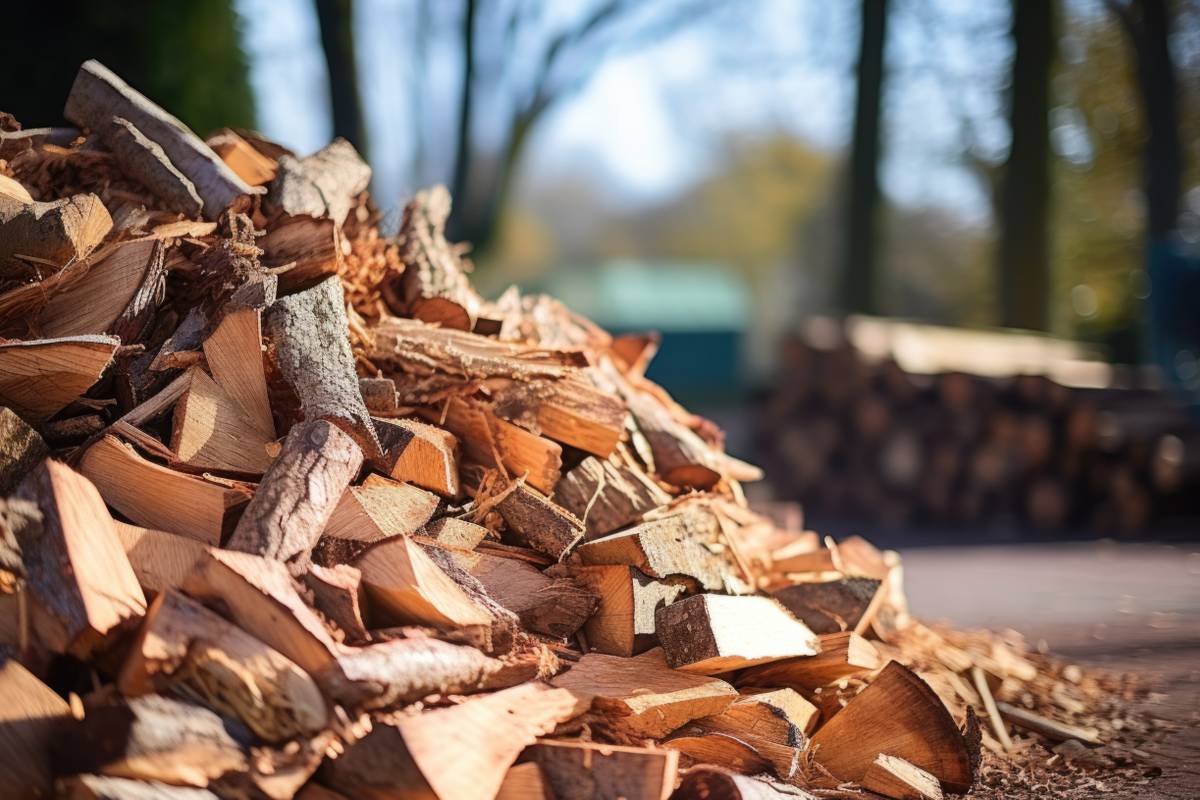Bio-based Polymer Materials
A new class of plastic materials based on starting materials derived from cheap, renewable and biodegradable natural resources

Background
Researchers have developed of a new class of plastic materials based on starting materials derived from cheap, renewable and biodegradable natural resources - specifically wood waste from the timber industry. Close to 90% of today’s commodity plastics (which are predominantly synthetic polymers) are created from materials derived from fossil fuels; 87% of these contribute to plastic waste and landfill. In 2018-2019 alone, Australians used 3.4 million tonnes of plastic, inclusive of one million tonnes of single use plastic, with only ~13% of all plastics being recycled. With an increased focus on environmental sustainability and a move away from fossil fuel resources, our research team at the University of Tasmania is dedicated to developing bio-based plastic materials that will have the same user properties as plastics currently in the marketplace.
Technology Overview
There are several advantages of our developed product over the current state of the art. Researchers have developed what is a high-value product from a low-value waste material (i.e. wood waste such as sawdust) via a process that is simple and scalable. This provides unique opportunities for commercialisation, especially given that there are numerous regulatory requirements in industries that use synthetic polymers (for example paints and surface coatings) to move away from fossil-fuel derived chemicals and towards bio-based alternatives.
The plastics derived from our bio-based compounds are highly transparent, which make them appealing to the surface coatings industry (for example lacquers and resins for protective coatings of wood, stone, paper or carboard). Similar structures reported in the scientific literature are typically yellow, so our method confers a visual technical advantage.
These materials are water and solvent resistant but can be broken down under alkaline conditions, avoiding the problems of many current plastics being persistent pollutants. There is also potential for reprocessing to recover the starting building blocks for re-use.
These plastics can also be rapidly cured (less than 30 seconds), and we have developed prototypes to show they can be employed in additive manufacturing methods, i.e. 3D printing. The variety of possible applications shows the scale of the potential market for these materials.
Stage of Development
Technology Readiness Level (TRL): 1-3 Basic technology research
Benefits
- Derived from renewable biomass waste materials
- Ability to degrade in alkaline solutions
- Tailorable mechanical and thermal properties, including permeability
- Optically transparent
Applications
- 3D Printing Resin
- Surface coatings
- Drug delivery
- Renewable plastics
- Degradable plastics
Opportunity
The university is open to a range of development and commercialisation pathways for this invention.